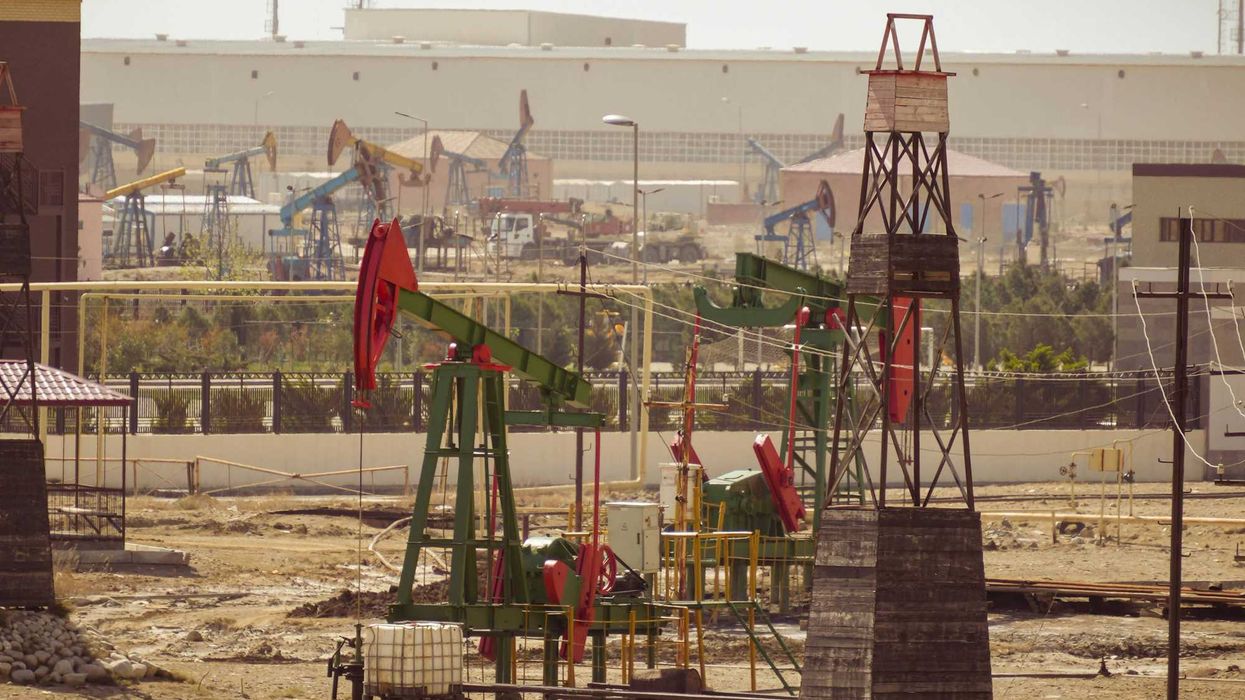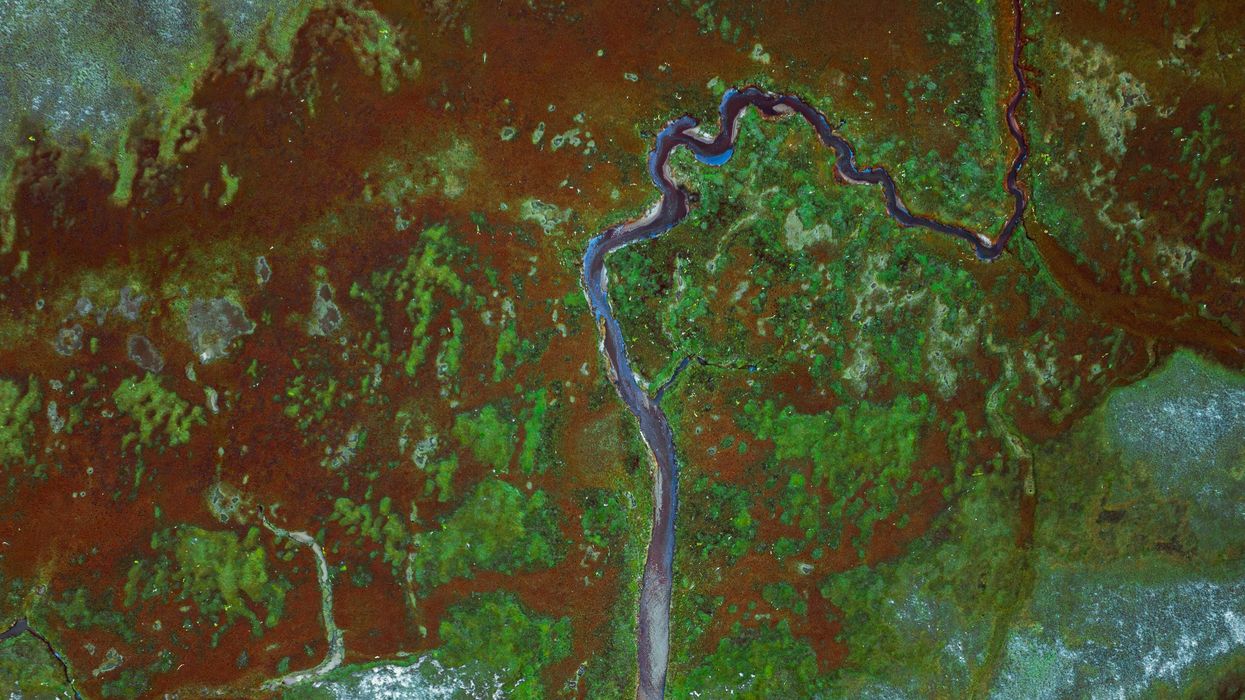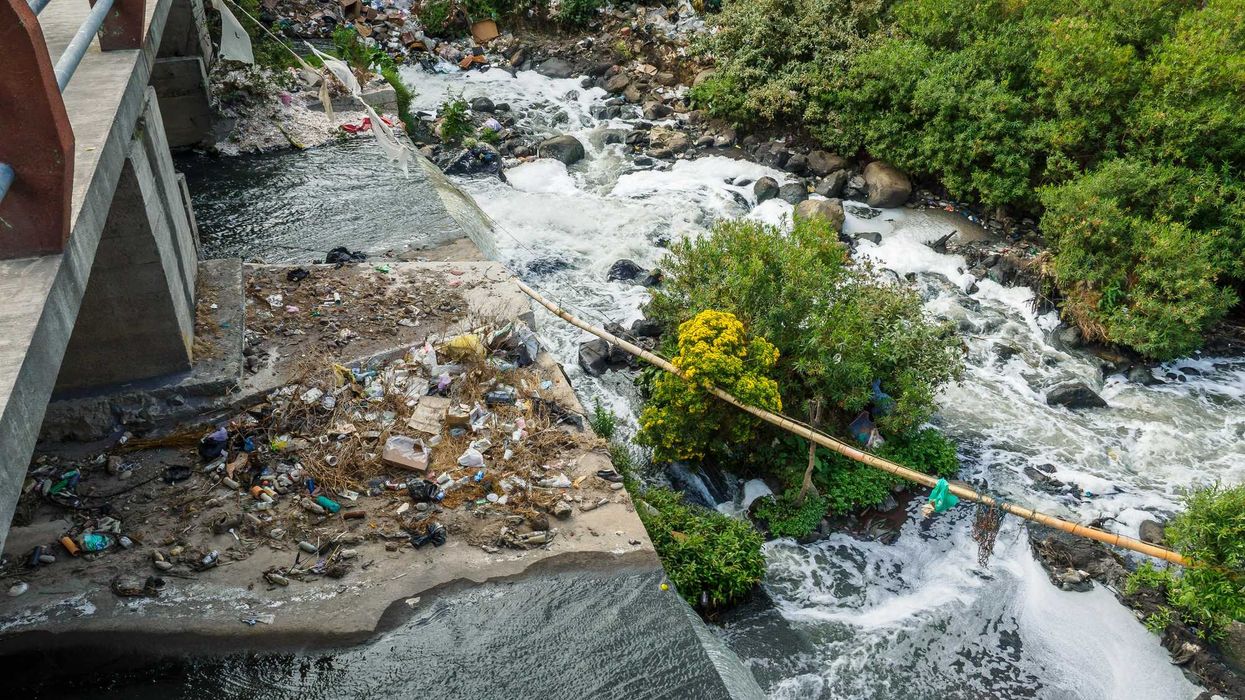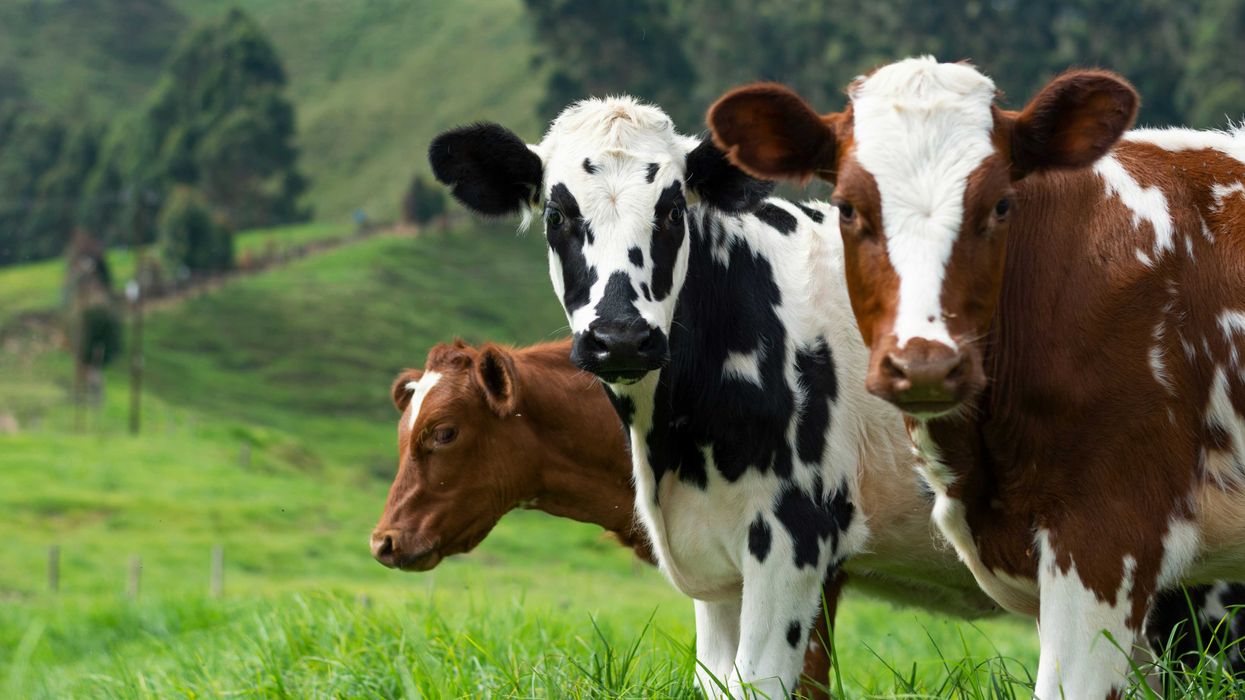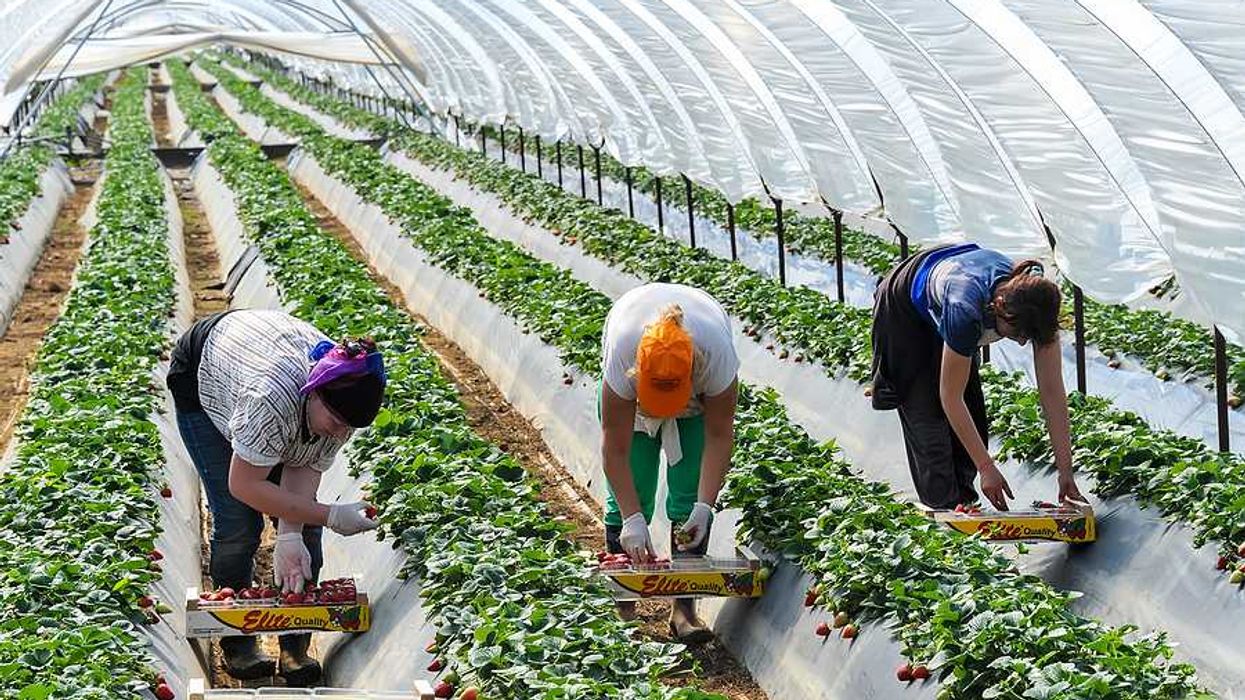Farmers in India struggle to adapt to erratic monsoons caused by climate change, threatening their livelihoods and the country's agriculture.
Sibi Arasu reports for The Associated Press.
In short:
- Climate change is causing India’s monsoons to become more unpredictable, with either too much rain in short periods or prolonged dry spells.
- Farmers are facing crop failures due to these erratic patterns, impacting their economic stability and leading to increased debts and suicides.
- Experts suggest solutions like growing less water-intensive crops, localized weather forecasting, and policy changes to support affected farmers.
Key quote:
“We planted our cotton seeds after a good monsoon was predicted but it rained just two days and stopped after, so now we’re worried our crops will fail again.”
— Vijay Jawandhia, farmer
Why this matters:
Erratic monsoons threaten the livelihoods of 120 million Indian farmers, contributing to economic instability and food security issues. Effective adaptation strategies and policy changes are essential to mitigate these impacts and support the agricultural sector.






